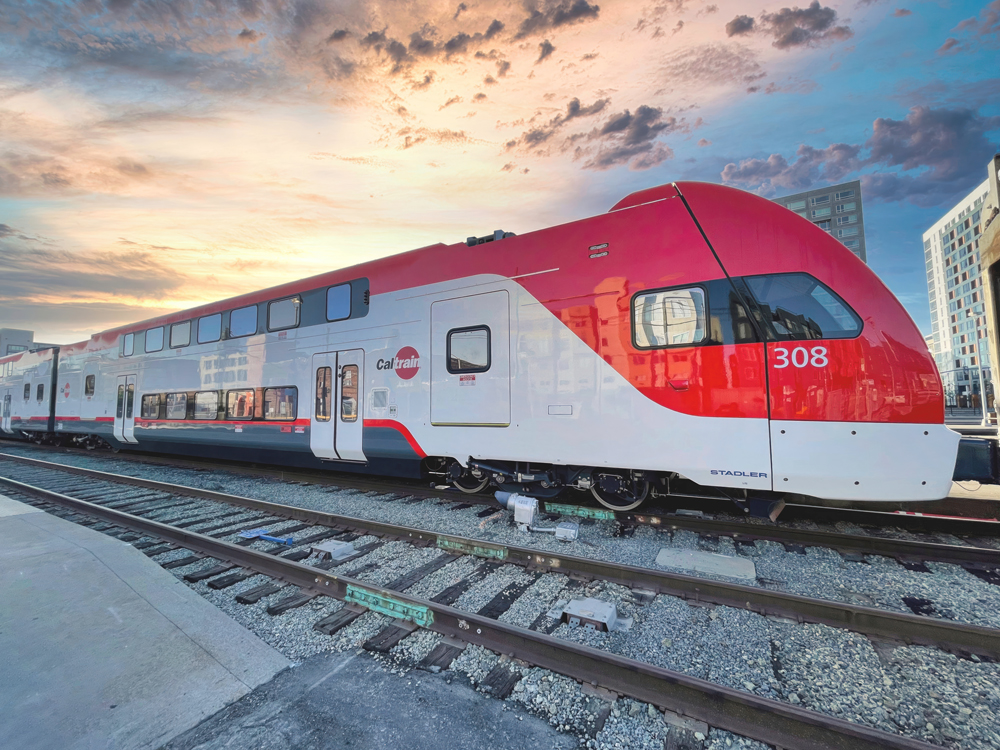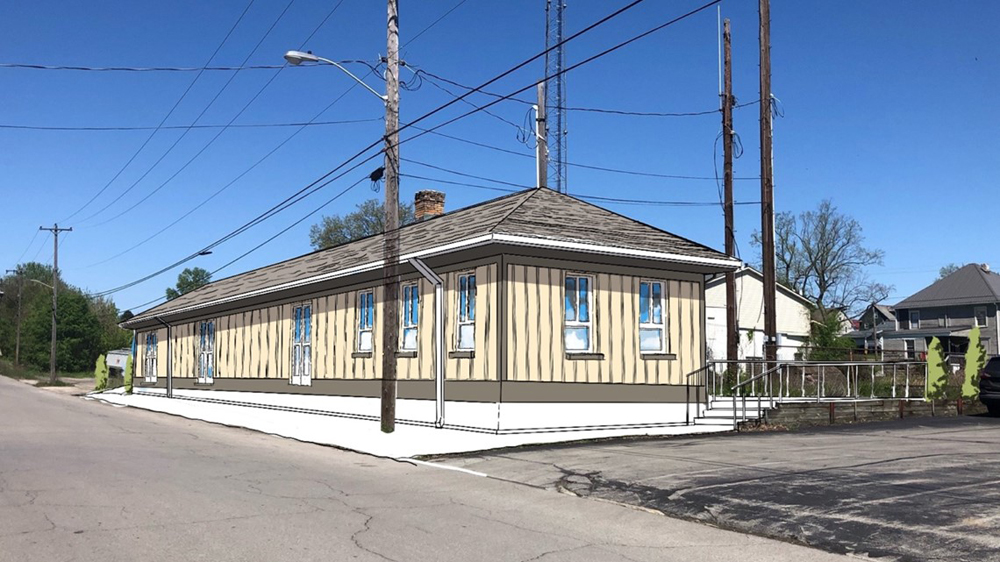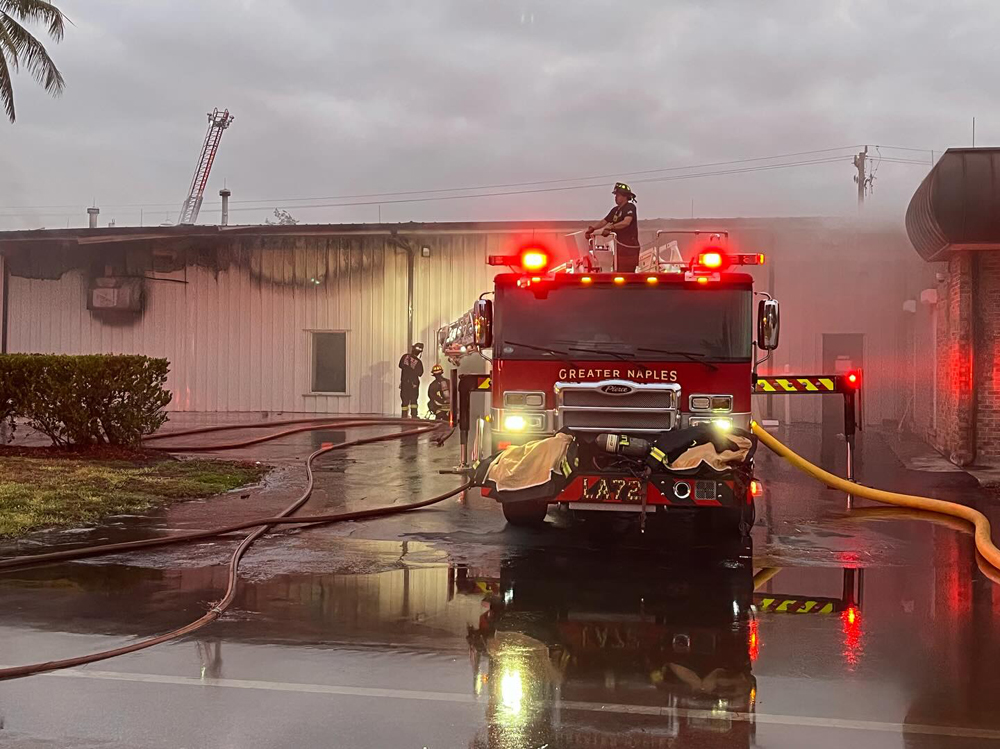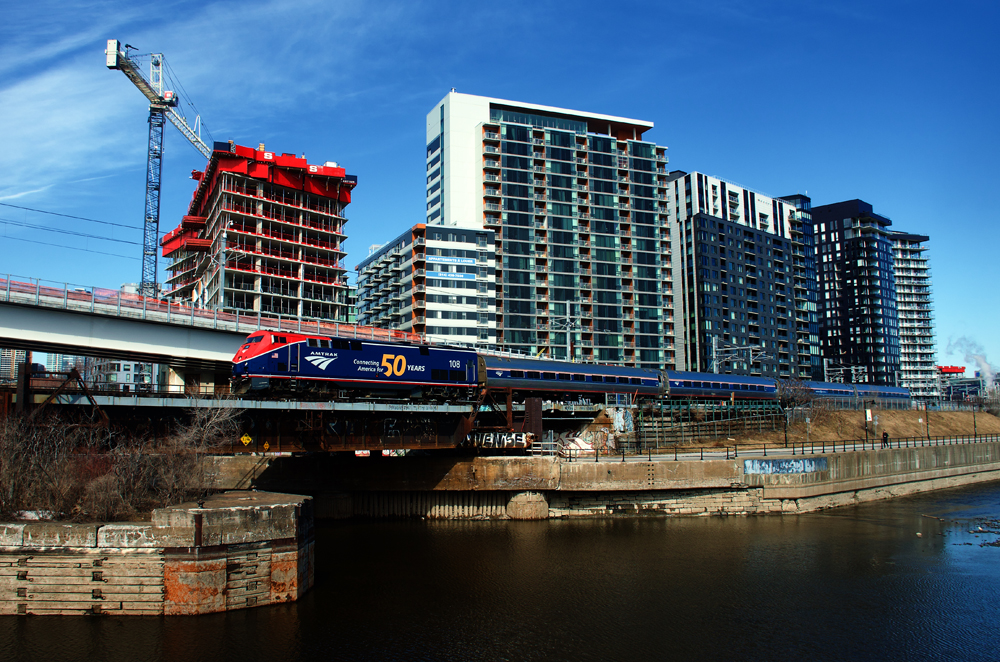
SAN MATEO, Calif. — Caltrain will purchase a battery-electric version of the Stadler electric multiple-unit passenger equipment it has purchased for its upcoming electrification, allowing operation beyond the limits of system electrification.
The California Transportation Commission has approved the funding for the purchase of a single battery-electric trainset and related maintenance and charging facilities, Caltrain announced Thursday. It will be a first-of-its-kind pilot program in the U.S. for battery-electric commuter rail equipment, and will allow the train to continue beyond the end of electrification in San Jose to Caltrain’s Gilroy station.
“This efficient, state-of-the-art train – made possible by an award through our Transit and Intercity Rail Capital Program – will lead to improved service for riders and cleaner air between San Francisco and Gilroy,” California Transportation Secretary Toks Omishakin said in a press release, “as well as serve as a demonstration train for expanded battery-electric intercity rail service in the future.”
Funds will come from an $80 million award from the California State Transportation Agency.
Current plans call for the battery-electric train to charge while running on overhead power on the electrified San Francisco-San Jose line, then run on batteries to Gilroy. It will also make intermittent demonstration trips to Salinas, Calif. If successful, Caltrain says the concept could not only reduce greenhouse gas emissions and improve air quality but lead to service upgrades thanks to better performance of the electric units, decreased service costs, and increased reliability in case of overhead power system failures or utility outages.
The funding also covers the cost of testing at the Transportation Test Center in Pueblo, Colo., and upgrades to Caltrain’s San Jose maintenance facility and Gilroy layover area to facilitate charging and maintenance.
The purchase of the battery-electric equipment comes after the Caltrain board exercised an option earlier this month to purchase four additional electric multiple-unit trainsets from Stadler.
“Stadler is proud to continue our partnership with Caltrain and our shared mission of helping California provide zero emission travel,” said Martin Ritter, CEO of Stadler US. “With additional double-deck EMUs and this first-of-its-kind BEMU for Caltrain, Stadler is able to expand our overall portfolio for the U.S. market, especially in the zero-emission product line.”
Two earlier efforts to bring battery-electric technology to U.S. commuter service have, to date, faltered. The Long Island Rail Road announced a plan in 2021 to modify existing equipment to allow battery-electric operation on its Oyster Bay Branch, but dropped that effort last year after determining the retrofitting was not feasible [see “Long Island Rail Road ends development …,” Trains News Wire, July 27, 2022]. And Chicago’s Metra announced plans in 2021 to convert some F40PH-3 diesels to battery operation, then approved a deal for conversion of up to six locomotives in 2022, but ultimately was unable to reach agreement with Progress Rail on a contract [see “Metra faces delay in plan for battery conversion …,” News Wire, Feb. 20, 2023].
— Updated at 8:45 a.m. CDT with information on other battery-electric projects.














another Calli pipe dream.
Thank you Terry Green for clarification of the distances from San Jose (Tamien?) to Gilroy and beyond to Watsonville Jct., CA.
One more question: Doesn’t the current Caltrain service only go from Tamien (San Jose) down to Gilroy and terminate there? I wasn’t aware that it continued onto Watsonville Jct. (or onto Salinas?), but maybe it does now? Thx.
If this train is going to Gilroy suggest a short track with overhead CAT to charge train if battery becomes weak. Loong weekend, extra running, etc.
If this test goes well, I wonder whether it will make the main Caltrain electrification look like a mistake in hindsight. Given that the battery electric unit can do the ~60mi round trip to Gilroy, it could also handle the ~50 miles from SF to San Jose without needing overhead wires, and at $2.4 Billion for the electrification project (unless it climbs again), it seems like Caltrain could have purchased something like 30-60 trainsets of battery units for the same cost, which is way more than necessary for regular service.
Whether these trains succeed or not remains to be seen–we are still in the early stages of battery train development–but think about how far and how fast (pun intended) the electric car industry has come in the last decade or two.
When the technology bears fruit, there are numerous possibilities for extending Amtrak lines off the NE Corridor without a dual mode or engine change. In addition, the cost and complexity of electrifying new lines could drop dramatically as cat/third rail would not be needed over the entire route but could have large gaps in place.
I notice that the BEMU’s are intended as four car trains, whereas the standard sets are seven cars. Wonder how the decreased capacity will affect operations?
They need to do as they did with the PCC street cars, that is to come up with a one size fits all model instead of all these individual fievdoms going it alone and wasting tons of money.
These trains along with the BEMU demonstration will allow Caltrain to run over 90% of its service with electric trains, benefiting riders and communities throughout the corridor.
Dr. Güntürk Üstün
The trainset is supposed to go into operation after additional testing and certifications from regulatory agencies.
Dr. Güntürk Üstün
Caltrain acted wisely. Stadler EMUs hardly diappoint.
Dr. Güntürk Üstün
*REVISED COMMENT*
Enterprising Caltrain acted wisely. Qualified Stadler’s EMUs hardly disappoint.
Dr. Güntürk Üstün
First of a kind, huh? Some of NY City’s crosstown car lines used old horsecars changed to battery because the company didn’t want to build the conduit NY City required.
Though I agree California is living in an alternative fantasy universe where Unicorns come from, I agree with this move. Electrify the main line and allow service to outlying areas using battery. This would open up potential to serve other areas that electrification costs are not justified. Charlotte has the same service with it’s street cars. An area with no wires is served by the same method. And to be honest the neighborhood looks better without the wires. It’s a cost affective method if you ask me.
Isn’t Kalifornication the same state telling Electric Vehicle (auto) owners to NOT charge their vehicles due to power shortages?
California wants to be the ‘0’ emissions paradise
As a further thought, how will this unit operate during a power outage? That is, where will it charge and how long will that take? As long as there is power, they can recharge on the electrified portion of the line, but what happens when that power is no longer available?
Guess they will have to have a stand-by generator…
No data to suggest that battery-storage trains are either efficient or clean.
Guilt relief Charles.
And don’t forget “virtue signaling” in addition to “guilt relief”….
It would be interesting to learn what the effective range of this 4-car, battery-powered Stadler ‘EMU’ trainset actually is. I haven’t been to the Bay area for many years and don’t recall the exact distance of the San Jose – Gilroy corridor but recall it might be about 30-40 miles? While perhaps an innovative and an interesting “experiment” in how a battery-powered train could be viable on a secondary passenger rail corridors w/o catenary, I still cannot help but think it would be subject to the same limitations and challenges of other “battery-powered” forms of transportation (car/bus/truck) in terms of range limitations, a fragile electrical grid-distribution network, and (especially) periodic power outages in California.
Although it sounds like the $80M cost cited in this article isn’t solely the cost of the 4-car, battery-powered, EMU trainset, I would imagine these trainsets aren’t cheap (maybe half or so of the total $80M project cost?). The cost of these “experimental” battery EMU sets isn’t likely to drop until the technology really advances (namely battery technology – storage capacity), though with seemingly endless “green energy” dollars coming from ‘Grandpa Joe’s’ (or is it “Amtrak Joe”?) administration, cost to the transit agencies isn’t an issue.
Nevermind the lack of practical or economic viability of these “experiments” nor the Trillion $$$ (+) of annual federal deficits going forward for years without end …..
To answer a couple of specific questions: 28 miles from Tamien to Gilroy; another 20 miles to Watsonville Jct. (Pajaro) and 18 miles further to Salinas. So the longest round trip beyond the catenary within the scope of what planners have been contemplating around these parts is about 132 miles, with the more immediate concern (as it relates to existing Caltrain service) being a 60 mile trip, more or less.
Terry, Thank you for the distance information based on that the answer to Thomas’s question is approximately 76 miles round trip plus whatever power it uses between runs.